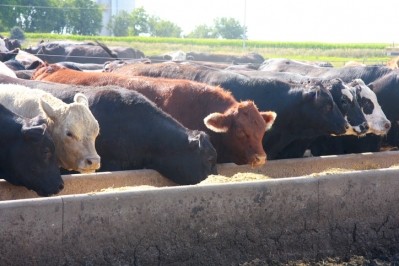Commonality in homogeneity testing - bid to facilitate free and fair trade of feed ingredients

The International Cooperation for Convergence of Technical Requirements for the Assessment of Feed Ingredients (ICCF) was launched in 2017; it includes international feed regulators and industry feed associations. Its objective is to develop and establish common guidance documents, referencing best practice, to provide technical recommendations for the assessment of feed ingredients, including new uses of existing ones.
Ultimately, the ICCF said it is looking to create mechanisms that help facilitate free and fair trade of feed ingredients while supporting the safety of the feed and food chain to sustainably meet the global growing demand for animal products.
The experts involved in this draft publication said it provides guidance regarding the homogeneity testing approaches and data to be included in a pre-market approval or authorization application for feed ingredients. It takes account of the assessment of feed ingredients throughout the feed chain and the different intended feed matrices.
The types of feed ingredients covered by this guidance in each regulatory jurisdiction are determined by each region’s relevant regulations, said the ICCF.
Interested industry professionals are invited to provide their comments on it until 15 November 2019.
Homogeneity testing of feed
Homogeneity is the ability of a feed ingredient to be distributed uniformly throughout its intended matrices.
The need for homogeneity testing and how it should be conducted depends on the proposed conditions of use of the feed ingredient, including the directions for incorporation in the intended matrices and the proposed use level in those, explains the guidance document.
“When the intended use level of a feed ingredient in a specific feed matrix is a range of levels, the homogeneity test should be conducted using the minimum intended use level.
“If the feed ingredient is to be used in different matrix compositions and the difference in compositions may impact the ability of the feed ingredient to be evenly distributed, the applicant can either test the feed ingredient in each composition or test the feed ingredient in a representative intended matrix suitable for the target animal species. In that case, the choice of the composition tested should be justified.
“For example, a feed ingredient is intended to be produced in two different market formulations (liquid and solid). A homogeneity test in each of the solid and liquid market formulation should be considered. Another example is when a feed ingredient is to be used in premixtures for cattle, swine, and poultry, differing in their composition for each target species. It may be acceptable to choose one representative premixture composition for cattle, swine and poultry species, respectively, for homogeneity testing. A rationale should be provided to justify the choice of the representative compositions.”















